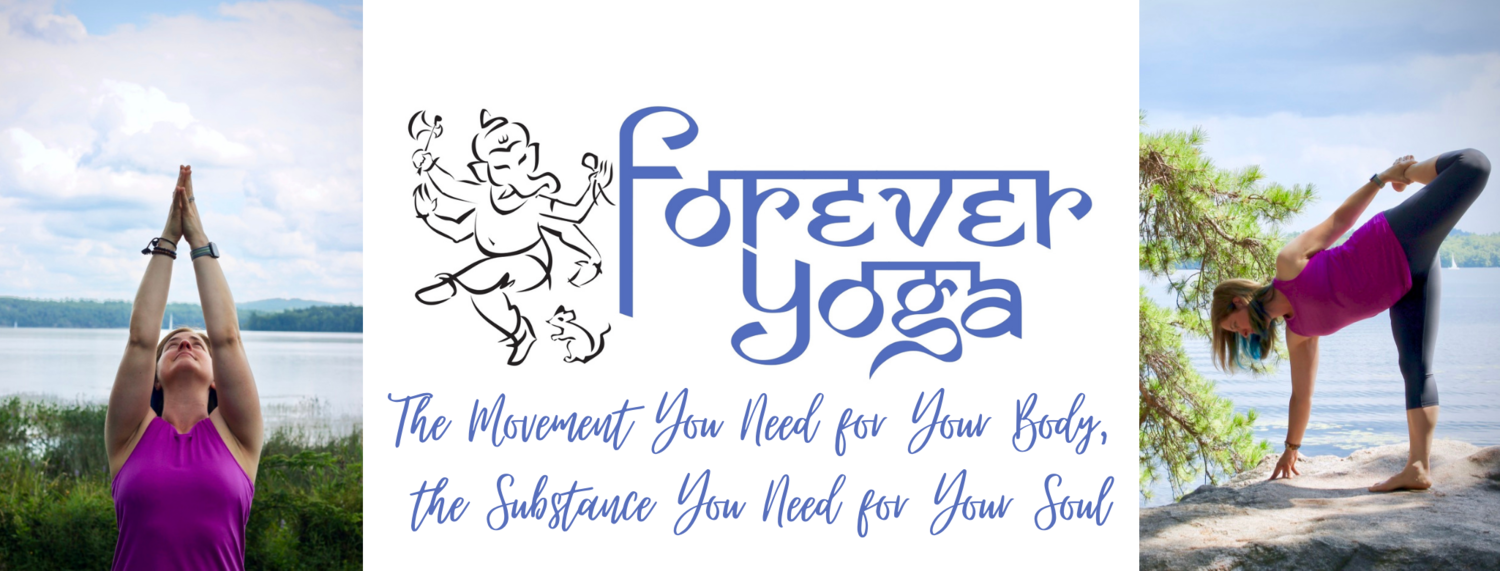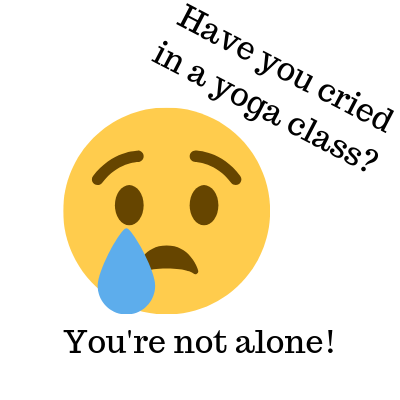There's a lot of conflicting information out there about meditation. The common misconception is that when you are really and truly meditating, your mind will be blank and you'll be free from all those crazy thoughts we all have day in and day out. While that's a lovely goal that some beings may be able to achieve, for most of us meditation is really more about the exercise of doing it. I like to think of it as a muscle you have to exercise, just like any other, in a way that's appropriate for that muscle.
The text below comes from an interview I did with the Monadnock Ledger-Transcript in 2016. You’ll find the original article here.
Q. We hear all the time that meditation is good for us. How exactly does it benefit one’s health?
A. The benefits of meditation are so vast that whole books have been filled on the subject! Meditation practice can have direct physiological and psychological effects such as the lowering of blood pressure, reduction in perceived stress level, relief of anxiety and depression, relief of temporary and chronic pain, improvement in the ability to concentrate and pay attention, and a general sense of greater well-being. Meditation is also shown by current scientific studies to be a key factor in the phenomenon known as neuroplasticity, where the brain, even at later stages of life, can actually rewire itself and create new pathways when needed. Meditation helps create pathways that can be beneficial to health, such as helping you stay the course with those New Year’s resolutions!
Q. It seems there are as many techniques for meditating as there are yoga styles. How does one sort through the maze of options and get started?
A. That’s so true! It really can be overwhelming! But I’m reminded of a portion of the book “Be Here Now” by Ram Dass. He quotes the great Lao Tsu, who said, “The journey of a thousand miles begins with one step.” He then asks, “But where do we begin? The answer is simple: You begin just where you are.” Do you see mention of a technique somewhere that appeals to you? Give it a try! But don’t just try it once and decide it isn’t for you. Meditation, like so many things, is something that you have to build a relationship with. Choose a method, and commit to trying it for a week. If you’re new to meditation in general, start small. Even 2-5 minutes has been shown by many studies to start to bring about beneficial changes. Practice two to five minutes of your chosen technique for seven days, every single day and at the end of that time see how you feel. If it just isn’t working for you, try something else. If you aren’t sure, try another seven days. It’s more important to dive in and take that first step in giving it a try, than to agonize over the choice. You can always try again and you can always try something else. Once you find something that works for you, stick with it; 40 days is a traditional time period for committing to a practice. After that time you may want to try a different technique. Or maybe you’ll continue with the same technique. It’s all up to you!
Q. It seems like the thoughts in the head are never-ending. How does one know they’re meditating?
A. This is such a great question because I think there’s so much confusion and mystery around meditation. That question of “how do I know if I’m there” is so prevalent. People think that meditation is this mystical place you only can get to if you have some kind of special gift and you can make your thoughts stop. I used to struggle with this so much early on in my yoga teaching career. I always thought, “I’m a yoga teacher for crying out loud! Why can’t I do this?!” And then I’d get frustrated and give up. Then I had the good fortune to meet a wonderful teacher named Sharon Salzburg and her workshop totally turned my relationship with meditation around. Here’s the thing — you can’t stop your thoughts. Your mind is meant to think! That’s what it was designed to do! What you can do, is bring the mind to a single point of focus. That’s what most meditation techniques are asking us to do. We use a technique — such as following the breath or my personal favorite, repeating a mantra — as a tool to help bring the mind to that single point of focus. The moment of meditation is that moment when you notice that you are not with that single point of focus any more. That moment that you notice that you’re actually thinking about how much laundry you have to do later or what’s on your to-do list for that afternoon or that argument that you had with your spouse yesterday — that moment is the moment of meditation. Because that moment is the moment when you have this amazing choice to make. You can either give up and tell yourself you’re terrible at this meditation thing and just go back to your day, or you can let go of whatever it was you were thinking about, and draw your mind back to your point of focus, i.e. your meditation technique. That’s it. That’s the whole game. When you keep noticing you’re gone and you keep drawing yourself back to your point of focus, that’s when you know you’re meditating.
Q. What exactly happens when one is meditating?
A. What happens is that the process I described above goes on over and over again. Through that process, we start to train the mind to be here in this moment, rather than somewhere else. We develop the compassion to treat ourselves with love each time we release a thought to come back to our chosen technique. That’s a big one! Have you ever noticed how you speak to yourself? For most of us, it isn’t with love. We teach ourselves that we can always begin again. We corral that busy, busy mind that is always pulling us elsewhere, rather than being fully present in the moment. Maybe that doesn’t sound that profound, but when was the last time you actually paid attention to what you were eating, rather than talking on the phone, watching the TV, and checking your email? When’s the last time you actually sat with a loved one and fully heard what they had to say, rather than listening to, responding, or looking at Facebook? There are so many small but beautiful moments that we miss in life because we are being pulled in so many directions at once most days. Our lives are so hectic and so filled with anxiety. Meditation gives us a tool that helps us deal more skillfully with the challenges of daily life. It’s a muscle we have to build and grow like any other muscle. It takes practice, but it’s so worth it.
Q. How did you get started meditating, and what motivates you to continue your practice?
A. I was never a meditator in the traditional sense until I started yoga teacher training where a traditional practice was a required part of my training. I think yoga was my meditation before that — and is certainly a valid form of meditation in and of itself. The process of linking breath and movement and becoming fully immersed in the sensations of the body was an entry point for me. Training to be a yoga teacher gave me more of a traditional practice. What motivates me to continue? So many things! I have so much to learn. Compared to some of the great spiritual teachers like the Dalai Llama, I’m just getting started! Who knows what else I may discover along the way. I’ve struggled with anxiety and depression since I was fairly young. As we move into the deep darkness of winter, that struggle becomes more difficult for me. My mediation practice has smoothed that bumpy road. It has made me less reactive, which makes me a better wife, daughter and friend. It’s also a professional commitment. I’m a better teacher if I can speak about the practice from a place of authentic experience. I hope to be a guide on the path for others who are struggling to begin like I did. It’s a key element in my spiritual practice as well.
Q. Anything else you would add to this discussion?
A. I was once told by a teacher of mine that there was a study done that took brainwave scans of people while they were meditating. The scans showed the difference in brain waves when one was meditating versus when one was just going about daily life. One of the study participants told the scientists after one meditation session, “Don’t even bother looking at my scans for today. My mind was all over the place!” They decided to look at them anyway and were amazed to discover that even though the subject didn’t feel like they were meditating, the brain wave scan showed activity that indicated that the person was, in fact, meditating! I found that incredibly liberating! So, if you’ve tried meditation before and you gave up because you thought you weren’t “getting it,” try it again now that you’ve read what I’ve written here. Spend some time with it. Build a relationship with it. Give it a solid commitment of time. I think you’ll be glad you did.






















